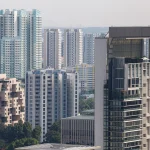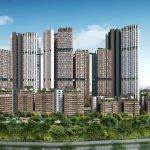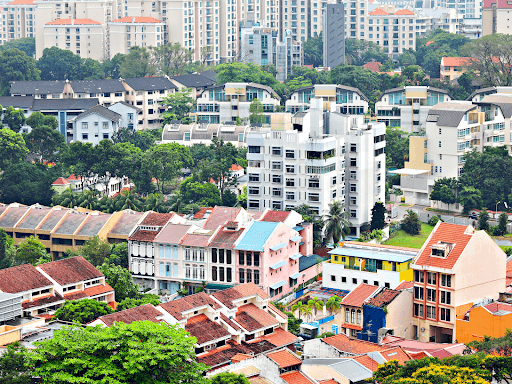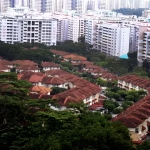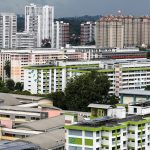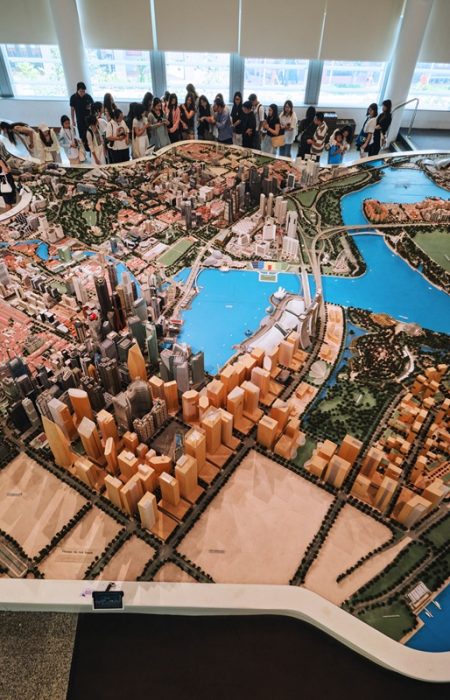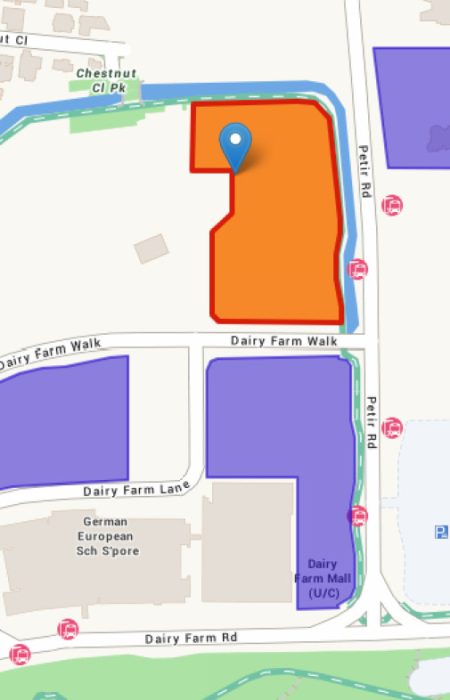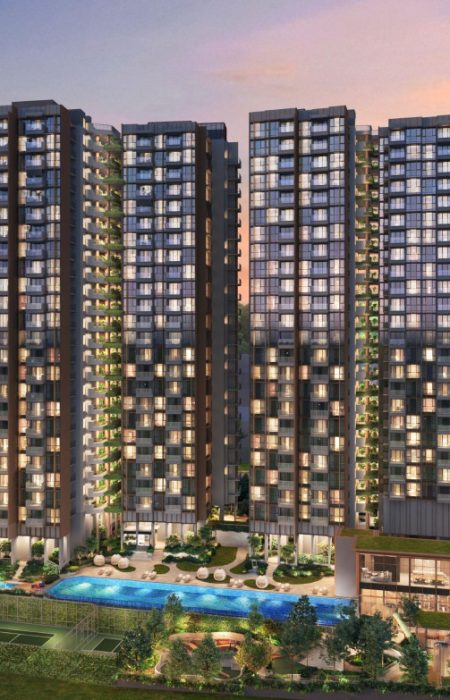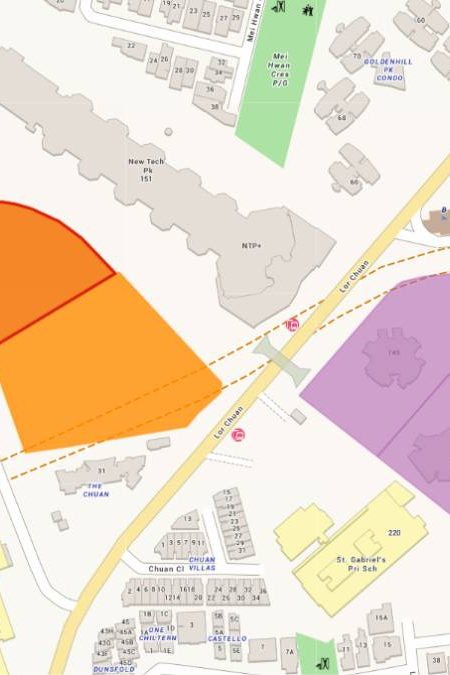Singapore’s property market is one of the most structured and well-regulated in the world — and a big reason behind this is the Government Land Sales (GLS) programme. Managed primarily by the Urban Redevelopment Authority (URA) and the Singapore Land Authority (SLA), this system ensures a steady and controlled supply of land for residential, commercial, and mixed-use development.
In this blog, we’ll dive into what GLS is, how it works, and why it matters to developers, investors, and homeowners.
What is the Government Land Sales (GLS) Programme?
The GLS programme is a land tendering system through which the Singapore government sells state land to private developers. This initiative ensures that land is released in a systematic, transparent, and demand-driven manner to meet housing and commercial needs.
Land parcels offered under GLS are usually zoned for:
- Residential (condos, executive condos)
- Commercial (retail/office)
- Mixed-use developments
- Hotels
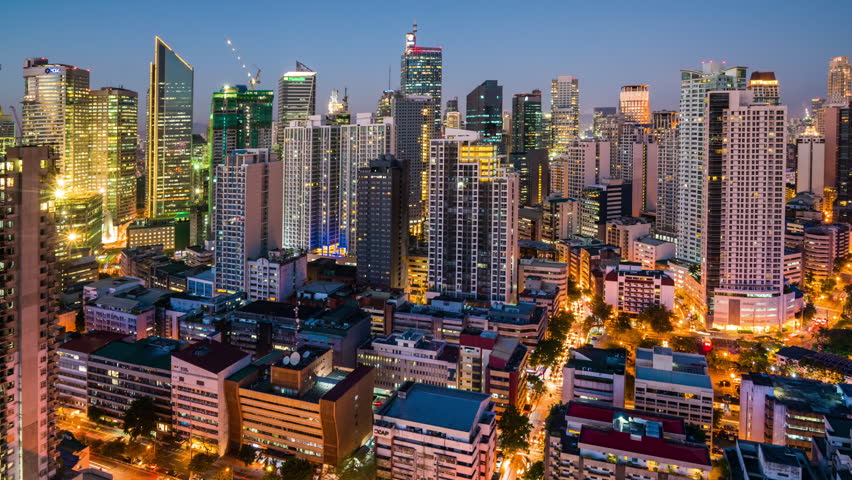
Each site comes with planning parameters such as gross plot ratio, site area, building height, and lease tenure.
How the GLS Programme Works
GLS sites are released twice a year through the 1H and 2H GLS programme. The land parcels are grouped under two main categories:
1. Confirmed List
- Land is released according to a fixed schedule.
- Sites are launched for tender regardless of developer interest.
- Typically located in high-demand residential areas.
2. Reserve List
- Land is made available but only launched for tender if a developer submits an acceptable minimum price.
- Useful in managing oversupply or uncertain demand.
- Offers flexibility based on market conditions.
This system balances the market by avoiding too many launches during slow periods and increasing supply when demand is high.
Recent GLS Sites and Market Interest
Some notable GLS sites in 2025 include:
- Chuan Grove (District 19): Awarded to Sing Holdings–Sunway JV for S$703.6 million; expected to yield 550 residential units.
- Lentor Central: Popular among developers due to proximity to MRT and schools.
- Marina South: A mixed-use plot with residential and retail potential near Gardens by the Bay.
- Media Circle (One-North): Commercial-cum-residential site in a growing tech and biomedical hub.
The level of interest in each tender reflects current market sentiment, buyer demand, and confidence in future price growth.
Why GLS Matters to Developers
For developers, GLS is a major source of land for future housing projects. The benefits include:
- Transparent acquisition process through open tender
- Access to prime locations with government infrastructure support
- Clear zoning guidelines and timelines
- Predictable pipeline of new launches
Winning a GLS site often determines new launch pricing and supply levels in specific districts.
Why GLS Affects Homebuyers and Investors
Though buyers don’t participate in GLS directly, its results influence the entire market:
- New condo launches often come from GLS sites
- Sale prices are partly based on land acquisition cost
- The number of GLS sites controls supply, affecting home affordability
- Better location planning ensures access to MRT, schools, and amenities
Example: A developer winning a site with high land cost may need to price new units higher, impacting affordability for buyers.
GLS and Property Market Trends
GLS tender outcomes act as an indicator of property trends:
- High bids = strong developer confidence, bullish market
- Low or few bids = market caution, softening demand
- Aggressive bidding in key areas = upcoming price hikes in new launches
- Shifts in site types (e.g., more EC sites) = response to market needs
Hence, savvy investors often track GLS announcements to predict which areas will be next in line for transformation or growth.
Tips for Property Buyers & Investors
- Watch GLS results – They offer a preview of upcoming new launches.
- Study launch pipeline – Land awarded today typically launches within 12–18 months.
- Location is key – Parcels near MRT stations and schools often see better capital appreciation.
- Understand price impact – GLS land cost is a major factor in final condo pricing.
- Check developer track record – Some developers consistently deliver high-quality GLS projects.
Future of GLS – Sustainable and Data-Driven
Singapore’s GLS approach is evolving to meet modern challenges like sustainability, urban density, and tech integration. In recent years:
- URA has encouraged green and smart developments.
- Sites near future transport lines are released to promote car-lite living.
- More mixed-use and integrated sites are being offered to support live-work-play environments.
GLS is not just about selling land — it’s about shaping Singapore’s future urban landscape.
Conclusion
The Government Land Sales (GLS) programme is a cornerstone of Singapore’s property market. Whether you’re a first-time buyer, seasoned investor, or real estate enthusiast, understanding how GLS works can give you a competitive edge.
With well-planned land releases, transparent bidding, and sustainable development goals, GLS ensures that Singapore remains a vibrant, liveable, and investor-friendly real estate market.
So next time a new condo launches in your area — there’s a good chance it started with a GLS tender.



